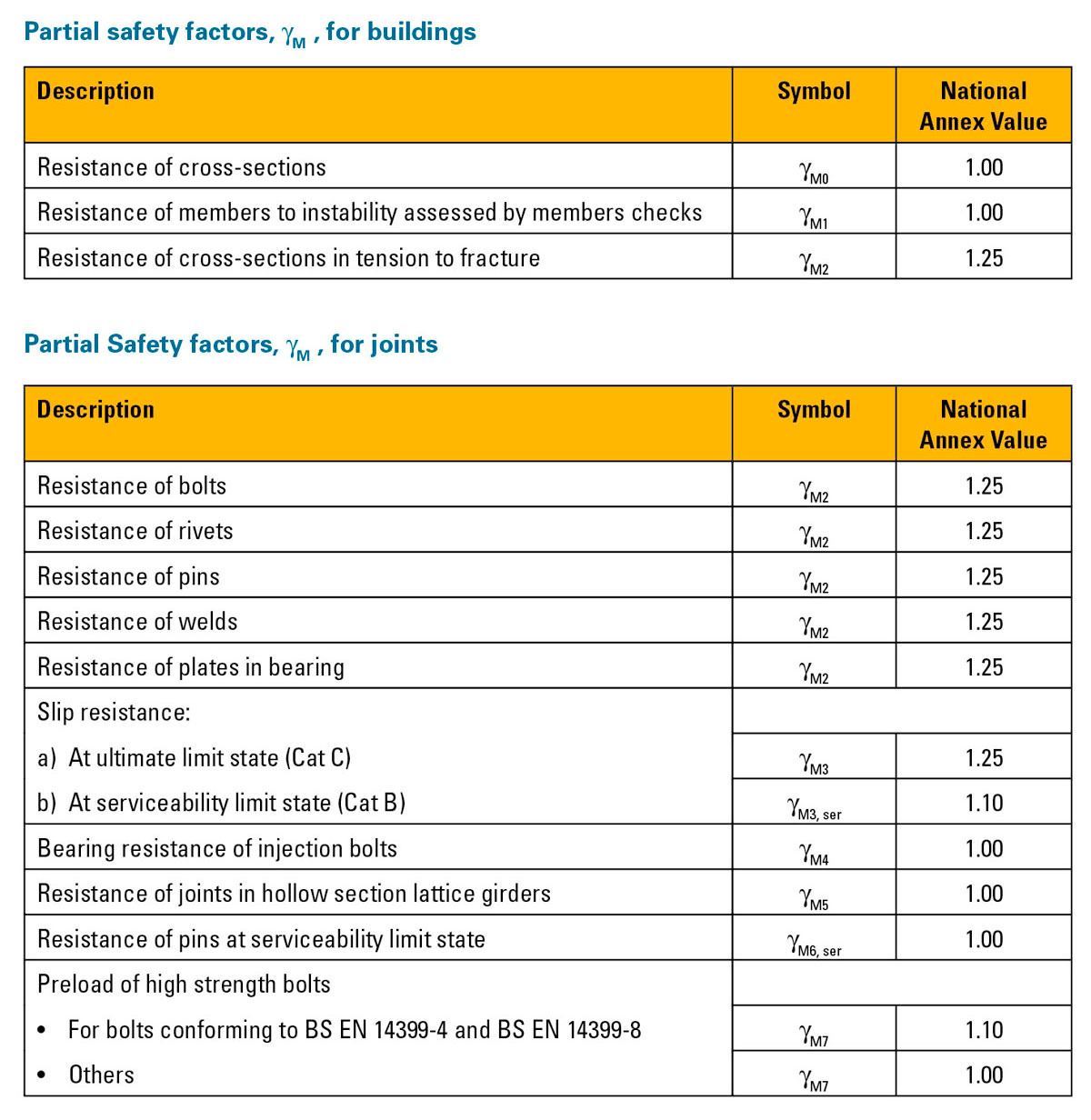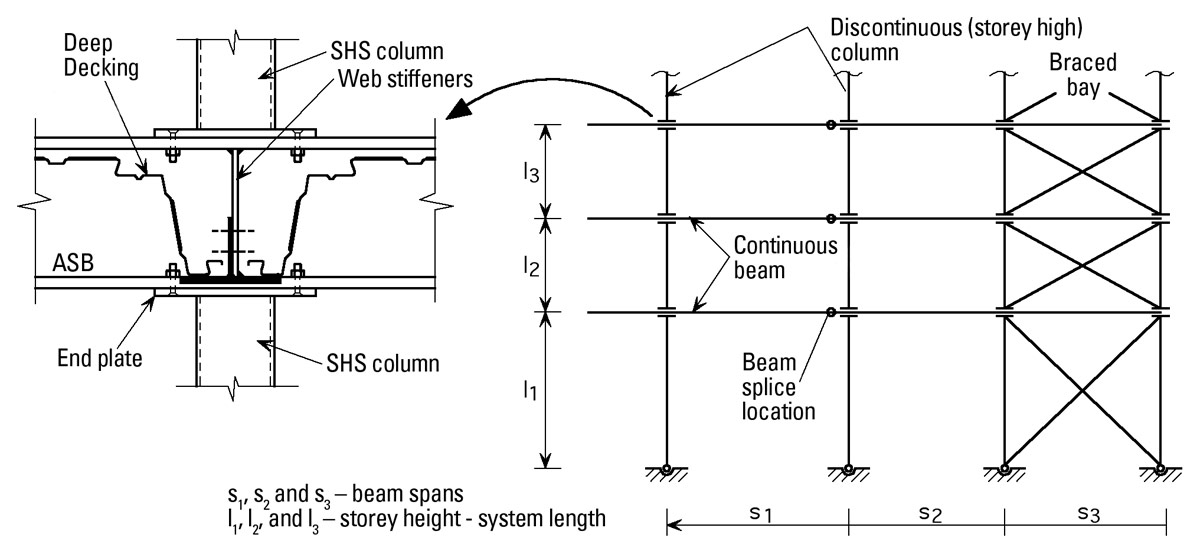Technical
AD 334: Tension capacity of bolts in tapped holes or when nuts are not fully engaged
The Advisory Desk is often asked for guidance on the calculation of tension capacity of bolts in tapped holes or when the end of the bolt is not protruding beyond the nut. Design rules in BS 5950 and Eurocode 3 do not cover these situations. It is not possible to give simple rules for determining tension capacity but this AD Note does discuss the various modes of failure and the factors that need to be considered in such situations and it gives references to more detailed information.
The discussion in this Note relates only to the design of non-preloaded bolts. Preloaded bolts should only be used with the appropriate grade of nut and tightened in accordance with the appropriate standard.
Modes of failure:
There are four possible modes of failure of a bolt loaded in tension:
- Tensile fracture of the bolt
- Stripping of threads on the bolt
- Stripping of threads in the nut or the tapped material
- Stripping of both threads simultaneously
Clearly, failure occurs at the lowest failure load of these four modes.
For a bolt to one of the commonly used British Standards, fully engaged with the appropriate strength grade of nut, failure will normally be by tensile fracture of the bolt; the thread and nut dimensions are such that stripping will not occur prematurely.
If the bolt is not fully engaged in the nut or the tapped material is of a strength different from that of a normal nut, thread stripping might occur.
Factors affecting thread stripping
The following factors all have an important effect on the bolt load at which a thread will strip
The variation in the dimensions of the thread, (such as major, pitch and minor diameters) has a significant effect on both internal and external threads stripping strength.
Tensile and shear strength variations in the material for both the internal and external threads.
The effect of radial displacement of the nut or tapped component (generally known as nut dilation) in reducing the shear strength of the threads. The tensile force in the fastener acts on the threads and a wedging action generates a radial displacement which reduces thread strength.
The effect of bending of the threads, caused by the action of the fastener’s tensile force acting on the threads, resulting in a wedging action that decreases the shear area of the threads.
The effect of slight hole taper or bellmouthing in tapped holes.
Bellmouthing is the slight taper on the hole that is usually encountered to some degree on most drilled and tapped holes. This taper extends normally for about half the diameter from the start of the hole. The cause of this tapering is torsional and transverse flexibility of the drill together with instability of the drill point during entry into the material. Bellmouthing can be minimised by the use of close fitting, well aligned and rigid drill bushes together with accurate drill sharpening.
Guidance on the evaluation of tension capacity, taking into account these factors, is given in the references below.
References
(1) Structural steelwork connections by Graham W Owens & Brian D Cheal (pages 58/61).
(2) An introduction to the design and behavior of bolted joints by John H Bickford (pages 270/275).
(3) BS 3580:1964, Guide to design considerations on the strength of screw threads.
(4) BS 4439:1969, Specification for screwed studs for general purposes.
Contact: Abdul Malik
Tel: 01344 636525
Email: advisory@steel-sci.com












